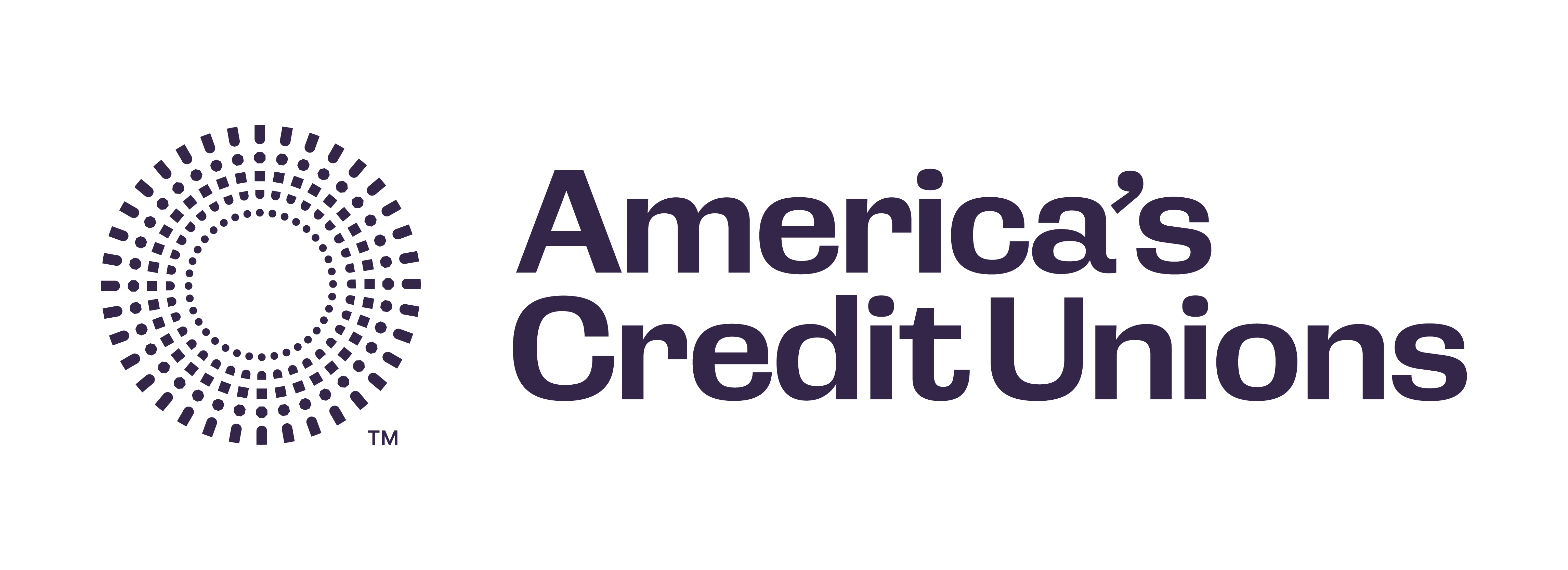Newsroom
NCUA writes CUs on concentration risk
Credit unions by now should be receiving acopy of recent NCUA examiner guidance on the evaluation of concentration risk, sent recently as an attachment to NCUA Letter 10-CU-03.
In the letter, NCUA Chairman Debbie Matz encourages credit union officials to understand concentration risk in their balance sheets and how it is affected by their strategic plans; and to ensure that risk management practices are appropriate for their credit unions' risk levels.
NCUA has been stepping up its supervision of credit union concentration risks, particularly those acquired through mortgage lending and MBL activity, and especially so for lower-CAMEL code credit unions that appear to be failing to exercise proper due diligence.
The examiner guidance notes that the largest exposures in credit union balance sheets, as of Dec. 31, were fixed-rate real estate loans, member business loans, loan participations, construction and development loans and investments in mortgage-related securities.
These asset types are not all listed in order of magnitude. Fixed-rate mortgages made up 54 percent of total loans in credit unions as of Dec. 31, the guidance notes. That was followed by MBLs (4.9 percent), loan participations (2.1 percent), C&D loans (0.4 percent) and mortgage-related securities investments (27.8 percent of all investments).
Matz also refers readers to an advisory on interest rate risk released this January by the Federal Financial Institutions Examination Council.
Share This
Related Resources
The Ride-Share Conundrum: An Exception to an Exception
Business Lending
Blog Post
Taking Care of Business: Recent Developments in Commercial Lending
Business Lending
Blog Post
Marijuana Banking Issue Brief
Whitepapers
Loan Maturity Issue Brief
Whitepapers
Get daily updates.
Subscribe to NAFCU today.
